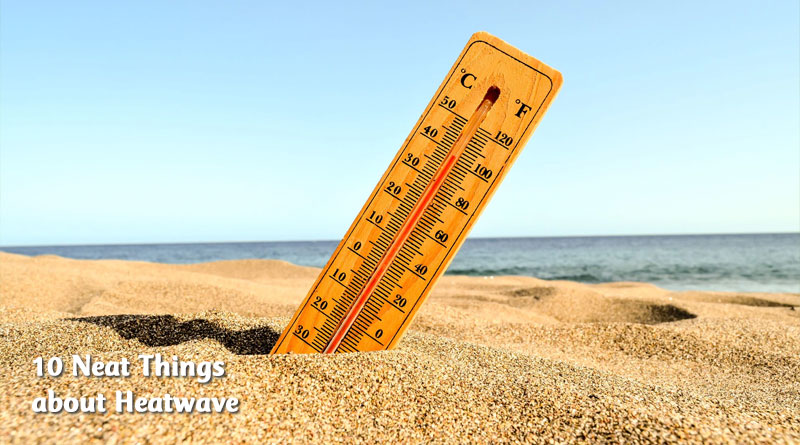About Heat Waves
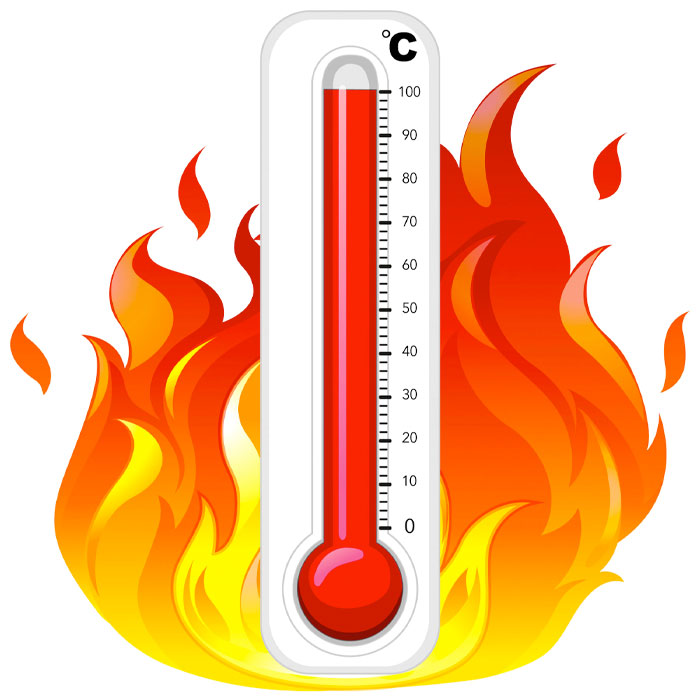
1. How hot does it need to be?
The answer depends on where you are. The Heat Wave Duration Index and the World Meteorological Association both say a heat wave occurs when the daily maximum temperature exceeds the average maximum temperature by 5 degrees Celsius for at least five days. In The Netherlands, Belgium and Luxembourg, a heat wave is declared when the daily high is above 25 degrees Celsius three days running if on at least one of those days, the high is over 30. Pfft!
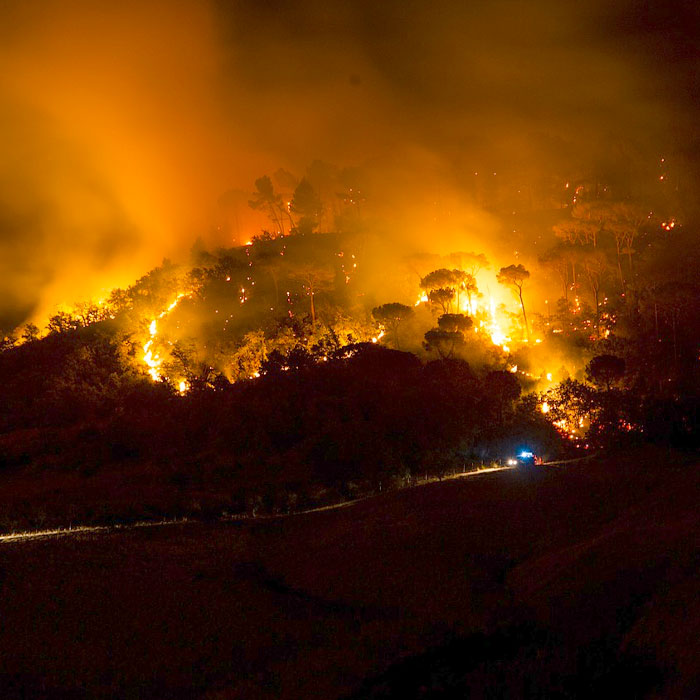
2. Wildfires.
Heat waves can cause spontaneous combustion, starting forest fires and other conflagrations, including fires in dried-out potted plants filled with peat moss, fertilizer and Styrofoam. Fertilizer is an oxidizer, adding fuel to spontaneous combustion. Water your potted plants in hot weather and don’t use them as ashtrays.

3. It’s not the heat, it’s the humidity.
Relative humidity can make a body so much hotter. Human bodies regulate heat by varying the rate and depth of blood circulation. When it’s hot, blood vessels dilate and send blood nearer the surface of the skin through tiny capillaries. Sweat glands open up and water is diffused through the skin as perspiration. We rely on the cooling effect of this evaporating perspiration to reduce skin and hence, blood pressure. When the humidity is high, evaporation cannot take place.
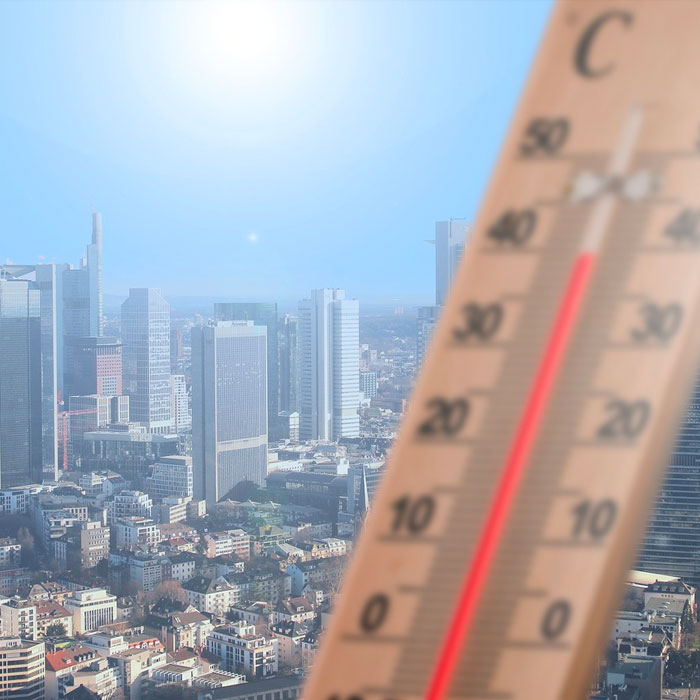
4. City heat.
The heat island effect of urban areas makes a heat wave worse in the city. All that concrete and asphalt hold the heat so that temperatures don’t drop as much at night. Waste heat from concentrated power usage exacerbates the problem.
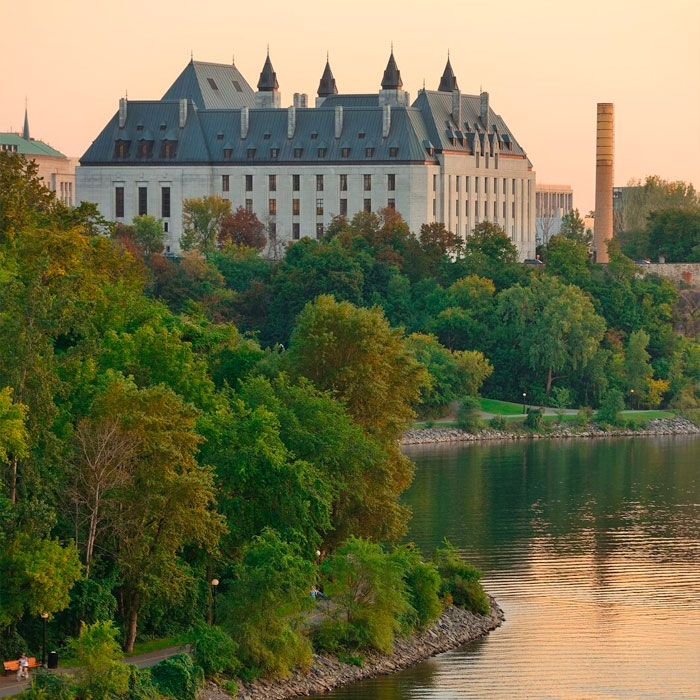
5. Trees.
Trees are the solution to the problem. They moderate temperatures around them and clean the air. Grass and plants and even weeds are good, too, but big trees give the most benefit. Urban trees, however, tend to be drought-stressed; there is simply less groundwater for them to rely on because so much rain lands on non-porous paved areas and is diverted away from the ground. Do your trees a great kindness by soaking the area around them periodically in the summer.
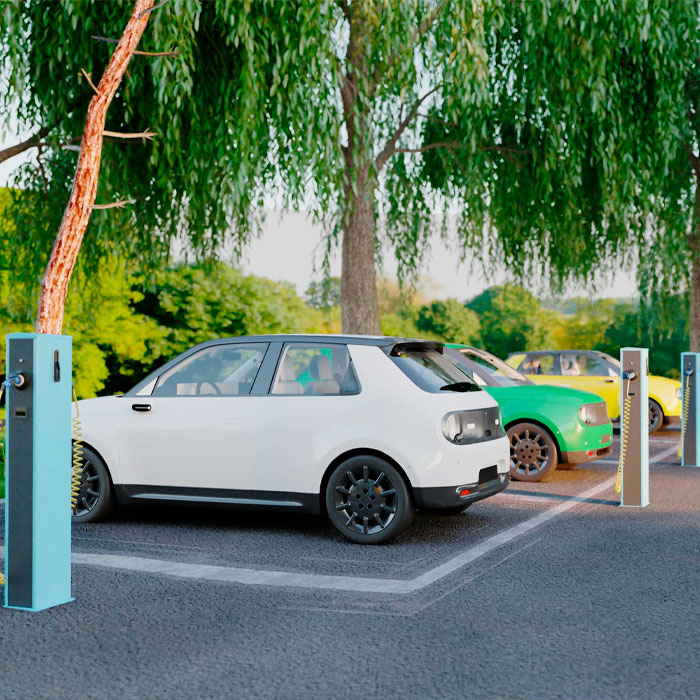
6. Parking lots.
Have you ever noticed that on a hot day, given the opportunity to park under a tree, most people will, even if it means walking further? Why don’t builders take this into consideration when they design parking lots? Why don’t municipal regulators require it? And I mean big shade trees, not little lollipop lindens!

7. Dog Days.
The Dog Days of summer occur in July and August. In Ancient Rome, Sirius, the Dog Star, rose at about the same time as the sun during the hottest days of the year (the cycle has shifted since then). Romans concluded that the Dog Star was responsible for the hot, sultry weather. A brown dog would be sacrificed at this time of year with the expectation that that would help moderate temperatures. Today, the French term for heat wave is canicule, derived from the Latin word for dog.
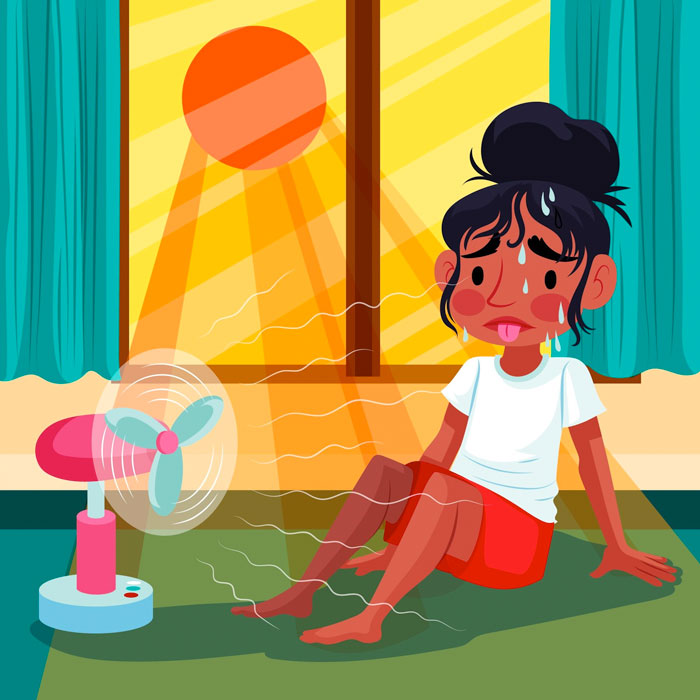
8. Deadly heat.
Heat-related deaths are far less common in Canada than in southern Europe and the US, partly because our highs are not as extreme and partly because more people have access to air conditioning. In 2021, though, over 1000 people died across North America from the extreme heat at the end of June and beginning of July, 596 of them in BC. A new high was set for Canada: Lytton, BC, recorded 49.6 degrees Celsius, blowing the previous record (Midale, Saskatchewan hit 45 in 1937) out of the water.

9. What to eat.
Sweet things taste sweeter in hot weather, perhaps because heat affects glucose-regulating hormones that increase blood sugar levels. High protein foods such as meat cause the body temperature to rise. In the heat, don’t eat meat.
10. Can it get hot enough to fry an egg on the sidewalk?
Eggs need to reach a temperature of at least 63 degrees Celsius to cook. Experimenters have shown that it’s possible, in direct sunlight and with the aid of a piece of tinfoil and a magnifying glass. It’s more likely on a manhole cover or something metal.
– Dorothy & Shauna Dobbie Copyright©
Pegasus Publications Inc



